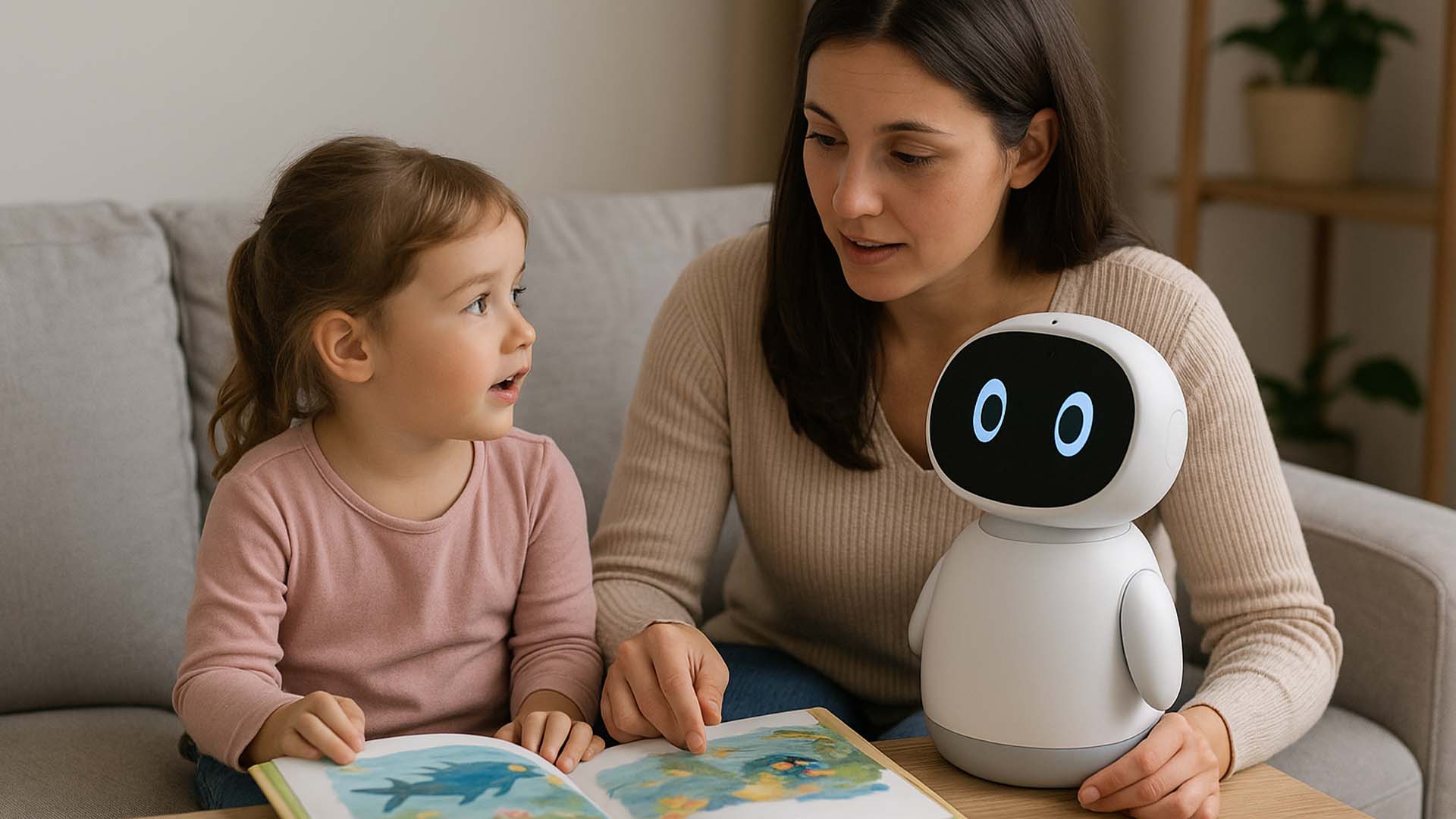A recent academic study examines how learning companion robots can support parent–child learning in the home—from shared reading to conversation prompts—without replacing the adult’s role arXiv+2arXiv+2arXiv+2.
How It Works in Practice
The study observed families using prototypes that deliver educational prompts during reading sessions, helping guide interaction. The robot suggests questions, provides reinforcement, and encourages children to think—while parents remain central in facilitating learning.
Benefits & Caveats
Benefits
- Increases engagement through interactive dialogue cues.
- Reduces adult pressure to always produce prompts.
- Enhances emotional bonding during joint activities.
Cautions
- Robots lack emotional nuance—parents must interpret moments sensitively.
- Overreliance on the technology can reduce spontaneous teaching moments.
Tips for Parents
- Use the robot as a partner: read together with it, but respond personally to your child.
- Debrief after sessions: ask follow-up questions, not just rely on robot’s prompts.
- Limit sessions—balance robot-assisted learning with adult-led play and exploration.
Conclusion
Companion robots offer promising support for informal learning at home—especially when positioned as collaborators. When adults stay actively engaged, these tools can enrich family learning experiences without replacing human interaction.
Q&A Section
Q1: Can the robot teach independently?
A1: No—the robot is meant to assist, not replace parental involvement in reading and learning.
Q2: What ages benefit most from these robots?
A2: Children aged 3–5 during early reading and parent–child story sessions seem to benefit most.
Sources:








0 Comments